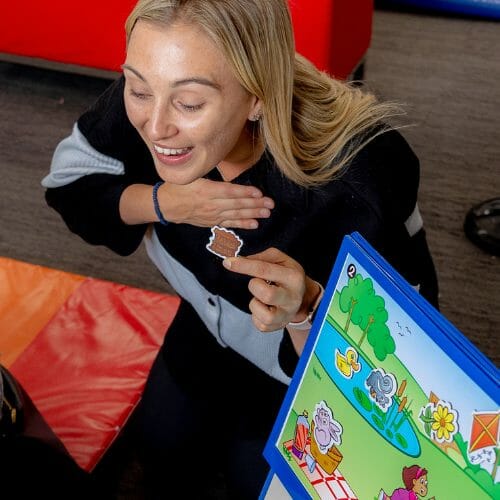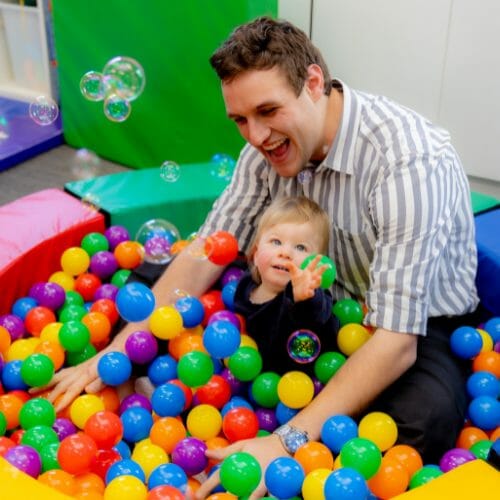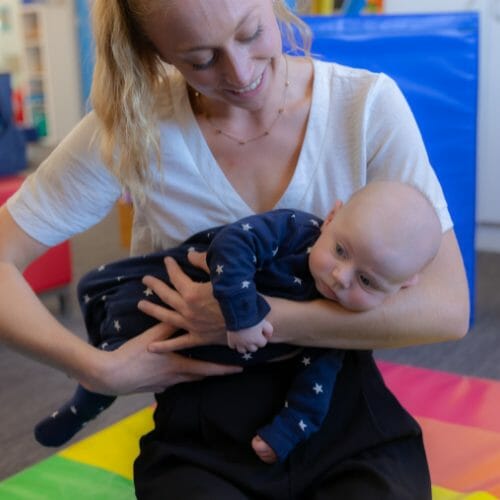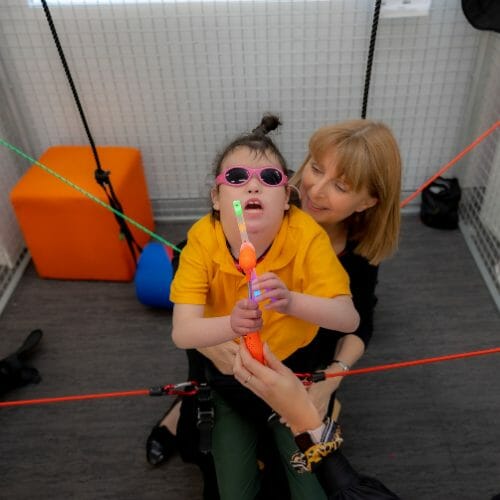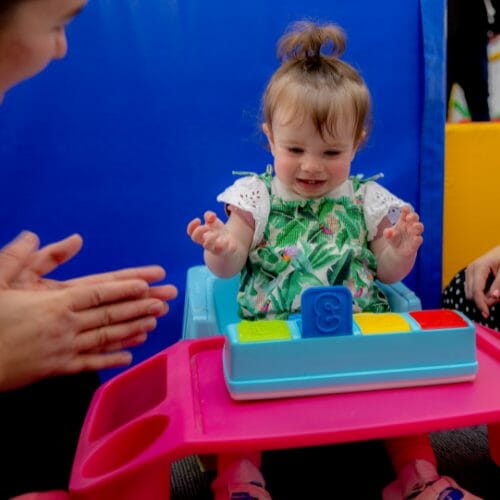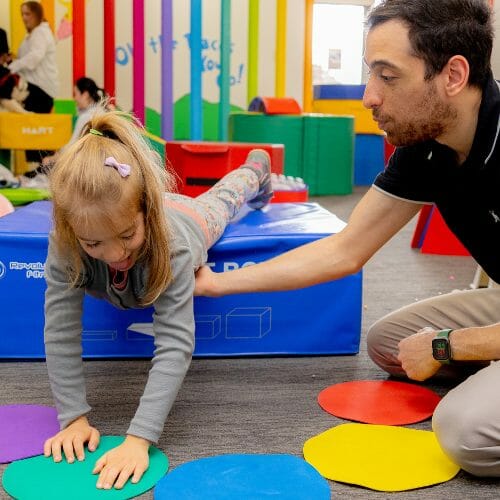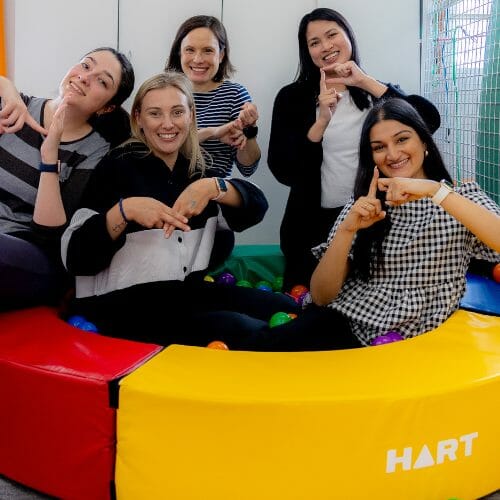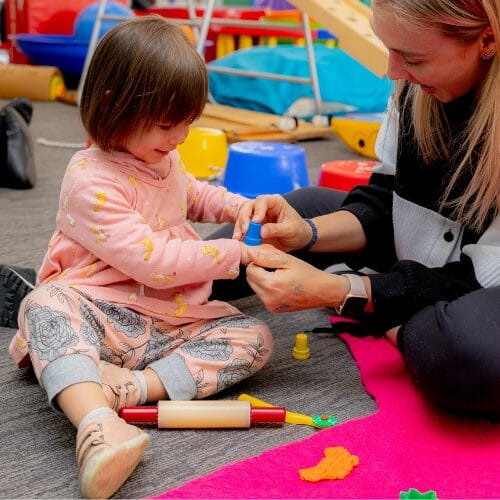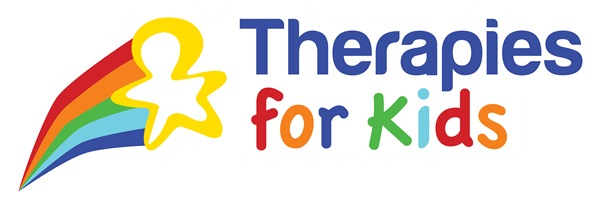Birth-2 months
- Raises head slightly off floor or bed when on stomach
- Holds head up momentarily when supported
- Alternates kicking legs when on back
- Arm thrusts in play
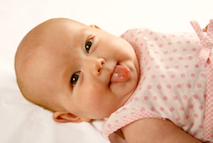
3-5 months
- Lifts head and chest when on stomach (props on forearm)
- Head control improving
- Some head-bobbing in supported sitting
- Rolls from side to side
- Rolls from stomach to back
- Sits briefly with arm support
- Random batting at objects
- Hands to midline
- Makes crawling movements
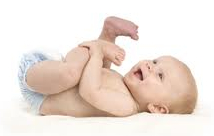
6-8 months
- Reaches to objects on stomach
- Pivots around when on stomach
- Pulls self forward on stomach
- Rolls from back to stomach
- Sits alone briefly
- Moves from sitting to lying on stomach
- Stands with support
- Assumes quadruped and rocks

9-11 months
- Sits alone with trunk rotation
- Pivots and scoots in sitting
- Creeps or crawls
- Pulls to stand
- Cruises
- Stands alone momentarily
12-15 months
- Assumes tall kneeling
- Walks on knees
- Walks independently without support
- Able to stand without support
- Creeps up stairs
- Able to start, stop and turn without falling while walking
- Crawls up on chairs or other furniture
- Runs
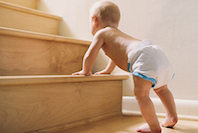
16-18 months
- Walks up one step at a time with hand held or railing
- Creeps down stairs
- Walks with a heel-toe pattern seldom falls
- Walks sideways and backward
- Run stiffly
- Stands on one foot with help
- Kicks large ball forward after a demonstration
- Manages riding toys
- Good balance and coordination
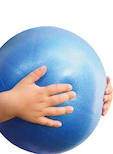
19-24 months
- Walks down one step at a time with rail or hand-holding
- Squats in play and stands back up
- Jumps in place
- Kicks a stationary ball
- Jumps off 12-inch box with 1 foot leading
- Walks on balance beam with 1 foot on/ 1 foot off
- Walks up and down stairs alone

24-29 months
- Walks on balance beam with one hand held
- Stands on balance beam alone
- Walks up stairs one step at a time with no railing
- Runs well
- Briefly stands on one foot
- Jumps from one step with feet together
- Throws ball overhead
- Climbs on play equipment-ladders, slides, etc.
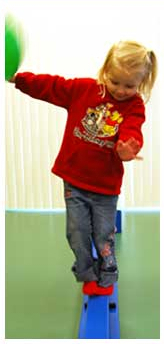
2-3 years
- Walks down stairs step by step without a railing
- Balances on one foot 2-3 seconds
- Jumps forward at least one foot
- Walks on balance beam alone
- Walks on tiptoe when asked
3-4 years
- Walks on balance beam sideways
- Catches a bounced ball
- Rides a tricycle
- Hops on one foot 2-5 times
- Balances on one foot 2-5 seconds
- Consecutive jumping
- Walks up stairs step over step alon
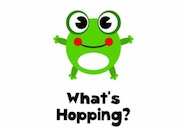
4-5 years
- Balances on one foot 4-8 seconds
- Walks on balance beam in all directions
- Walks down stairs step over step alone
- Kicks a rolling ball
- Catches large and small ball with an outstretched arm
- Throw a small ball overhand
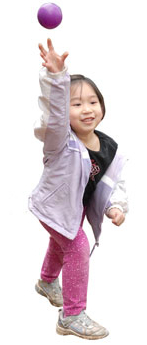
5-6 years
- Balances on one foot 10 seconds
- Skips
- Rides a bike with or without training wheels
- Begins to jump rope
- Hops on one foot ten times
- Catches bounced or thrown ball with hands
- Walks on heals when asked
- Swings on a swing, pumping by self
What Therapies for Kids can do
If you have any concerns regarding your child’s Gross Motor development we can provide:
- Assessment of your child’s motor skills
- Reassurance and further information on gross motor skills
- Advice on promoting motor development
- Referral to an appropriate medical practitioner if necessary
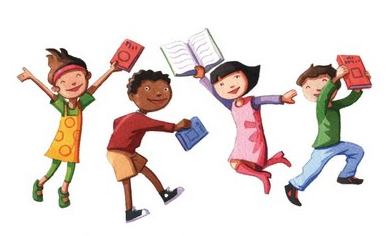
New to Therapies For Kids? Start your journey
Talk to our team now
Request a call back
We are here to help
